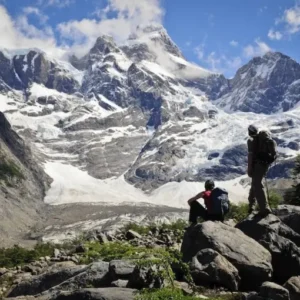Let’s be honest.
The idea of traveling across Asia—the temples of Thailand, the lanterns of Vietnam, the street food in Malaysia, the rice terraces of Bali—feels like something made for postcards or dreams.
But here’s the secret:
In 2025, this dream is still one of the most affordable travel adventures on the planet—if you do it right.
So if you’ve ever whispered to yourself “I wish I could go…” — this is your sign.
This is your guide.
This is how to travel Asia on a budget in 2025, without missing a thing.
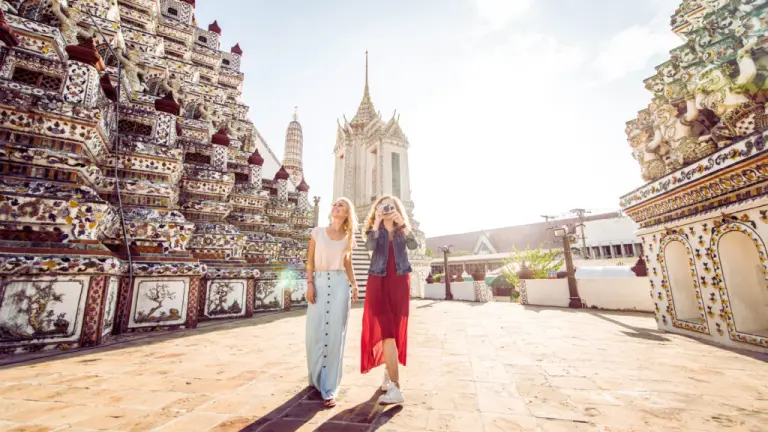
>> How to Stay Safe on the Road When Traveling Alone
First, The Mindset: Travel Slower, Go Deeper
Budget travel isn’t just about saving money.
It’s about traveling smarter—choosing experiences over luxuries, depth over speed.
In Asia, where $20 can cover a day’s food and stay, your budget becomes a passport to freedom.
But only if you let go of rushing.
Slow down. Stay longer. Spend less. Feel more.

>> Why You Should Travel Solo?
Step-by-Step: How to Travel Asia on a Budget in 2025
1. Choose the Right Countries
Not all Asian countries cost the same.
Here are the most budget-friendly destinations in 2025:
| Country | Daily Budget | Why It’s Great |
| India (Goa, Kerala, Rishikesh) | $15–30 |
Yoga retreats, trains, flavorful food on a dime.
|
| Laos | $20–30 |
Laid-back, slow river life, and budget everything.
|
| Nepal | $20–35 |
Trekking paradise, low cost, and spiritual energy.
|
| Vietnam | $25–35 |
Street food, sleeper buses, budget hostels, stunning landscapes.
|
| Indonesia (Bali, Java) | $20–40 |
Affordable villas, cheap transport, spiritual vibes.
|
| Thailand (north especially) | $30–40 |
Food markets, temples, and cheap guesthouses.
|
| Philippines | $30–45 |
Island hopping on a budget, especially off-season.
|
Tip: Stick to one region (e.g., Southeast Asia) to save on flights.
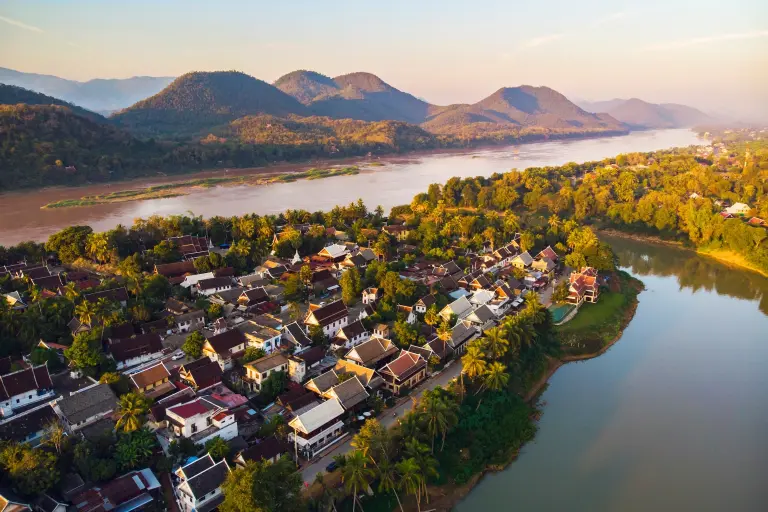
>> Travel Alone: How to plan for the trip
2. Book Smart Flights
Budget starts before your plane touches down.
- Use flexible dates & cities on tools like Skyscanner or Google Flights.
- Fly into major hubs: Bangkok, Kuala Lumpur, or Ho Chi Minh City often have the cheapest entry points.
- Try multi-city or open-jaw tickets if planning a longer route.
- Book at least 2–3 months in advance for long-haul flights.
Bonus tip: In 2025, many low-cost airlines (AirAsia, Scoot, VietJet) have increased frequency post-pandemic. Snag deals during off-peak hours or on weekdays.
3. Sleep for Less (or Free!)
Forget hotels. Here’s how to rest without wrecking your wallet:
- Hostels – From $5–10/night. Many offer free breakfast.
- Guesthouses or Homestays – Often more cultural + cheaper.
- Couchsurfing – Stay with locals and experience true hospitality.
- Work Exchange – Trade a few hours of help (in a hostel, farm, café) for a free bed and meals (check Workaway or Worldpackers).
- Meditation or yoga retreats – Low cost or donation-based stays in places like India, Thailand, and Nepal.
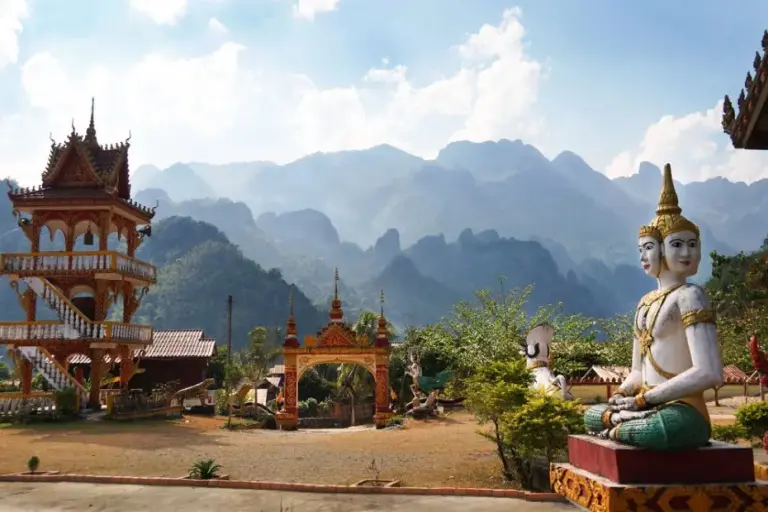
>> The endless vineyards of Australia – A journey through wine country
4. Eat Like a Local (Your Budget Will Thank You)
In Asia, the cheapest food is often the best food.
- Street food is king — Fresh, fast, and flavorful.
- Eat where locals eat — Busy stalls mean fresh food and low prices.
- Buy from markets — Fruit, snacks, water for the road.
- Avoid Western-style cafes — A $10 smoothie bowl = 3 local meals.
Tip: Don’t skip the night markets. It’s where flavor meets soul.
5. Move Cheaply (And See More)
- Long-distance buses & overnight trains – Save on both transport + a night of accommodation.
- Rent a scooter – $5–10/day and pure freedom (especially in Bali, Laos, or Vietnam).
- Bike or walk – Some towns are made for slow, soul-filled wandering.
- Budget airlines – Book in advance, travel light, skip checked bags.
2025 Note: More countries are now using digital QR passes for intercity transport. Grab local SIMs or eSIMs to stay connected.
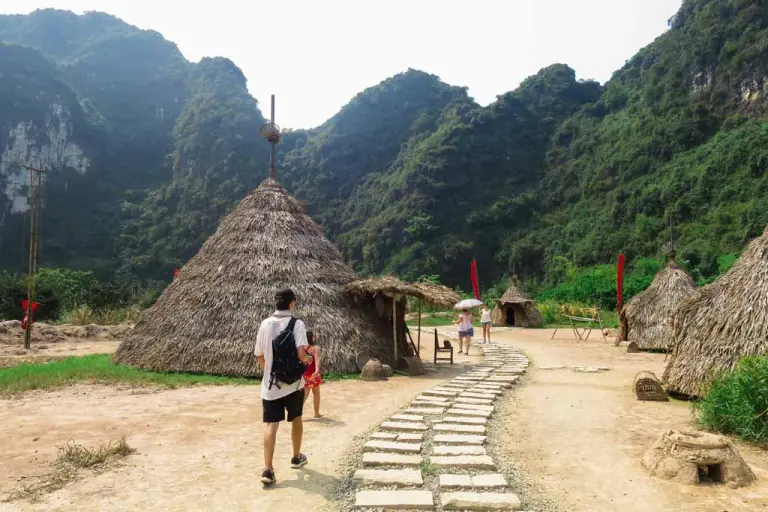
>> Staying in a homestay in Australia – Easier and more enjoyable than you think
6. Budget Apps = Your New Best Friends
- Xe Currency – For live conversions.
- Rome2Rio – Shows all transport options, not just flights.
- TravelSpend or Trail Wallet – Track every dollar.
- Maps.me – Offline maps that work wonders in remote towns.
- Klook or GetYourGuide – Local experiences often cheaper than on-site bookings.
7. Stay Longer, Spend Less
Some costs (visas, flights, travel insurance) are one-time, so staying longer lowers your daily average.
- A 1-week trip might cost $1,000.
- A 1-month journey? Maybe $1,400–1,600.
More experiences. Less cost per day. Deeper stories.
Quickfire Budget Travel Hacks for 2025
- Off-season = best deals (and fewer crowds)
- Withdraw cash in bulk to avoid ATM fees
- Pack light — Avoid checked bag fees, move freely
- Slow down — Fewer destinations = lower transport costs
- Use reusable water bottles — Many hostels have refill stations
- Meet people — Share rides, split tours, make memories

>> How to Stay Safe on the Road When Traveling Alone
Final Words: This Is the Year You Go
Traveling Asia on a budget isn’t about sacrifice.
It’s about awakening.
To flavors you’ve never tasted.
To stories you’ve never heard.
To a version of yourself you haven’t met yet.
And in 2025, with digital nomad visas rising, remote work more common, and a backpacking revival across Southeast Asia — it’s never been more possible to go far, spend less, and live wide open.
So book the ticket.
Pack light.
And remember: Asia doesn’t want your money. It wants your presence.




